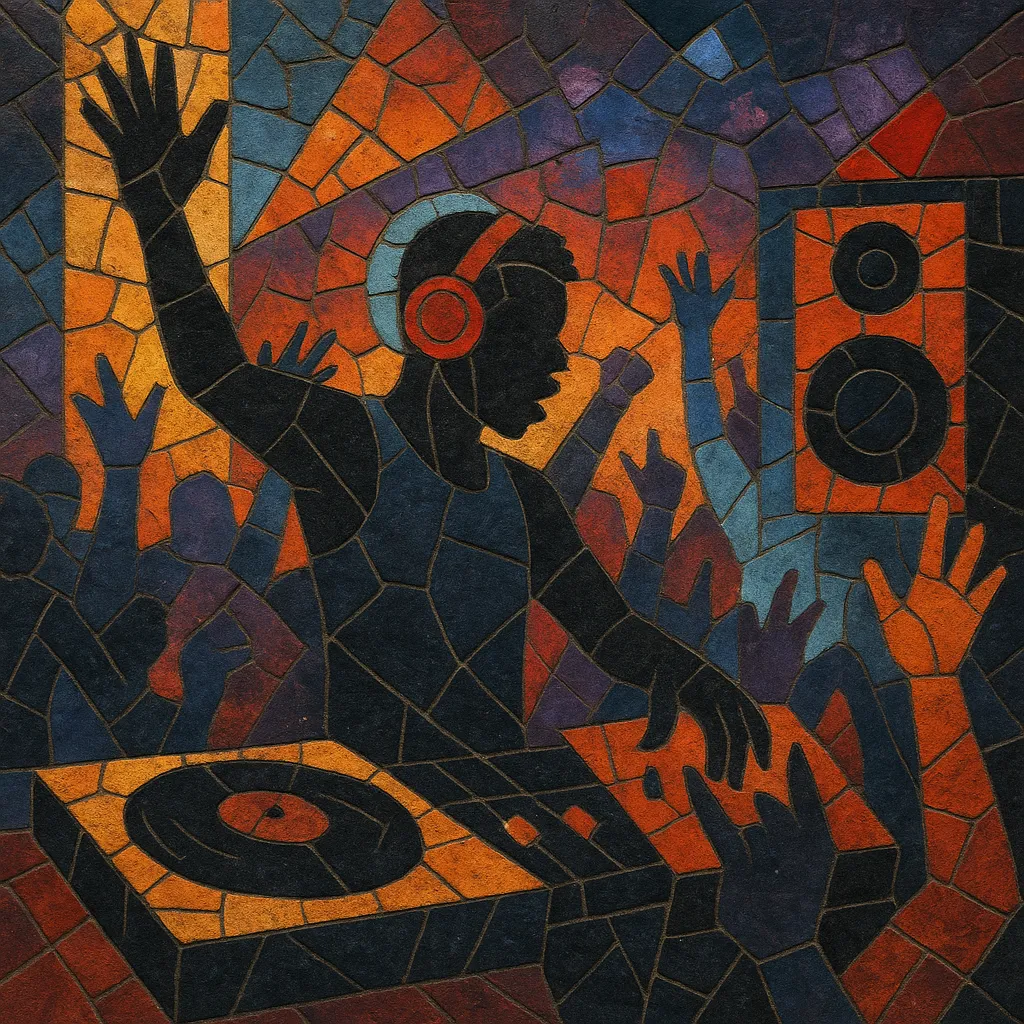
Philly club is a high-energy, sample-driven dance style from Philadelphia that sits between Baltimore club and Jersey club. It typically runs around 130–135 BPM and features chopped vocal phrases, aggressive kick–snare patterns, and rapid-fire edits designed for quick transitions and call-and-response moments on the dancefloor.
Compared to its neighbors, Philly club often leans harder on rap ad‑libs, 808 sub-bass, and gritty party breaks, reflecting the city’s hip hop and radio mixshow culture. The result is a raw, percussive, and kinetic club sound built for block parties, mixtapes, and DJ battles as much as for late-night clubs.
Philly club emerged in Philadelphia in the 2000s as local DJs embraced the breakbeat-based swing of Baltimore club while putting a distinctly Philadelphia spin on it. The city’s hip hop heritage, radio mixshows, and block-party culture encouraged harder drums, shouty vocal chops, and quick-cut edits, yielding a style that felt both familiar to East Coast club heads and unmistakably local.
Local DJs and promoters helped consolidate the sound through mixtapes, radio sets, and parties that connected Philadelphia to nearby Baltimore and Newark (Jersey club). The Hollertronix-era party scene and a wave of DIY edits pushed Philly club into blog culture, widening its footprint beyond the city.
As file-sharing and social media accelerated, Philly club tracks circulated quickly among DJs, YouTube channels, and dance crews. Producers folded in 808s, trap-adjacent bass hits, and pop/R&B hooks, expanding the sound palette while keeping the signature 130ish BPM, stop‑and‑go drops, and chopped chants.
The style directly seeded philly club rap—emcees delivering chants and verses over club beats—and fed into the broader East Coast club-rap wave. Its rhythmic vocabulary also informed parts of twerk-era party tracks and a new generation of viral dance music, keeping Philly’s club identity prominent in online culture and regional radio.

